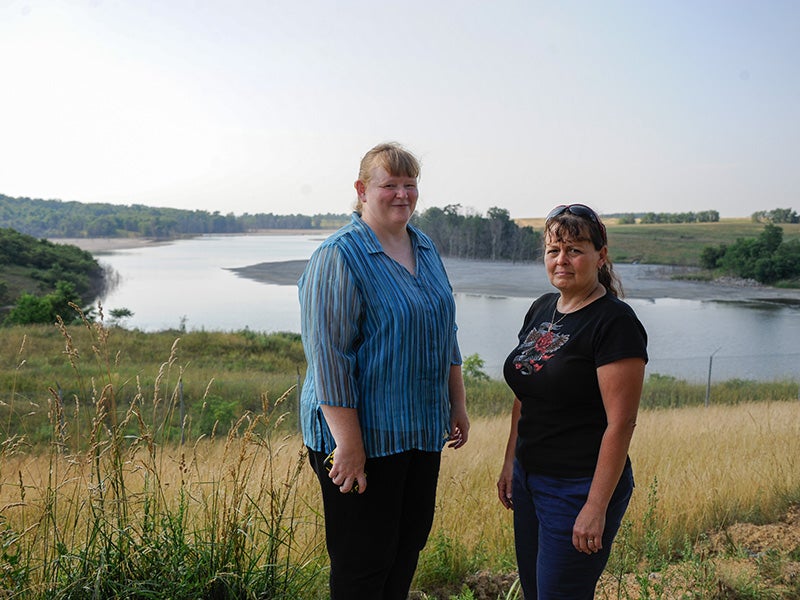Without Coal Ash Rule, Litigation Helps Communities
It’s been over four years since a billion gallons of toxic coal ash flooded a small town in Tennessee. We’ve been fighting ever since for the EPA to set federally enforceable safeguards to protect the thousands of communities across the country threatened by coal ash, but the agency has yet to act. But just because…

This page was published 12 years ago. Find the latest on Earthjustice’s work.
It’s been over four years since a billion gallons of toxic coal ash flooded a small town in Tennessee. We’ve been fighting ever since for the EPA to set federally enforceable safeguards to protect the thousands of communities across the country threatened by coal ash, but the agency has yet to act.
But just because the EPA isn’t doing anything doesn’t mean nothing is being done. While the agency twiddles its regulatory thumbs on much-needed protections from the arsenic, lead, mercury, selenium and other pollutants commonly found in coal ash, many local and national environmental groups are taking coal ash pond owners to court to get them to clean up the coal ash mess. The Center for Public Integrity published a story today outlining some of the dozens of legal actions happening from Montana to North Carolina where groups are challenging coal ash disposal using a variety of environmental laws.
CPI writes:
Some places, like Montana, have encountered a history of litigation.
Last fall, environmentalists filed two new suits over coal-ash ponds surrounding the town of Colstrip. There, the ponds have caused such widespread damage to aquifers that they fueled years of claims by residents and ranchers, The Center for Public Integrity reported in 2009.
Other places, including Georgia, are witnessing their first coal-ash cases.
Still others, such as South Carolina, have seen a wave of legal action targeting ash ponds, some leaching arsenic at levels 300 times safety standards.
The Environmental Integrity Project, the Southern Environmental Law Center, Public Justice, Waterkeeper Alliance, and Earthjustice are just a few of the organizations leading the legal challenges on behalf of affected citizens, local community groups, national environmental and public health groups and Native American tribes. Their success is notable: litigation by the Environmental Integrity Project and Public Justice on behalf of the Little Blue Regional Action Group in Pennsylvania led to that state phasing out the nation’s largest coal ash dump by 2016 and an $800,000 fine for the dump’s owners, FirstEnergy.
In addition, as a result of a suit brought by SELC and the Catawba Riverkeeper, a South Carolina utility agreed to removal of all ash from its leaking pond and a transition to safer dry handling.
But these legal challenges alone cannot stem the tide of coal ash pollution. Over 1,600 coal ash ponds and dumps exist in the U.S., and data show that pollution at 200 of these sites has already contaminated nearby lakes, rivers, streams and aquifers. More contamination is likely; many of these coal ash ponds are old and poorly maintained. Dozens are near neighborhoods and homes, and the EPA has determined that a failure at these “high hazard” ponds could kill nearby residents. The efforts by these groups to fight for clean air and clean water is commendable, and the EPA should take note. That agency has the responsibility to ensure that all communities are protected from coal ash pollution by finalizing federal coal ash regulations.
Earthjustice’s Washington, D.C., office works at the federal level to prevent air and water pollution, combat climate change, and protect natural areas. We also work with communities in the Mid-Atlantic region and elsewhere to address severe local environmental health problems, including exposures to dangerous air contaminants in toxic hot spots, sewage backups and overflows, chemical disasters, and contamination of drinking water. The D.C. office has been in operation since 1978.